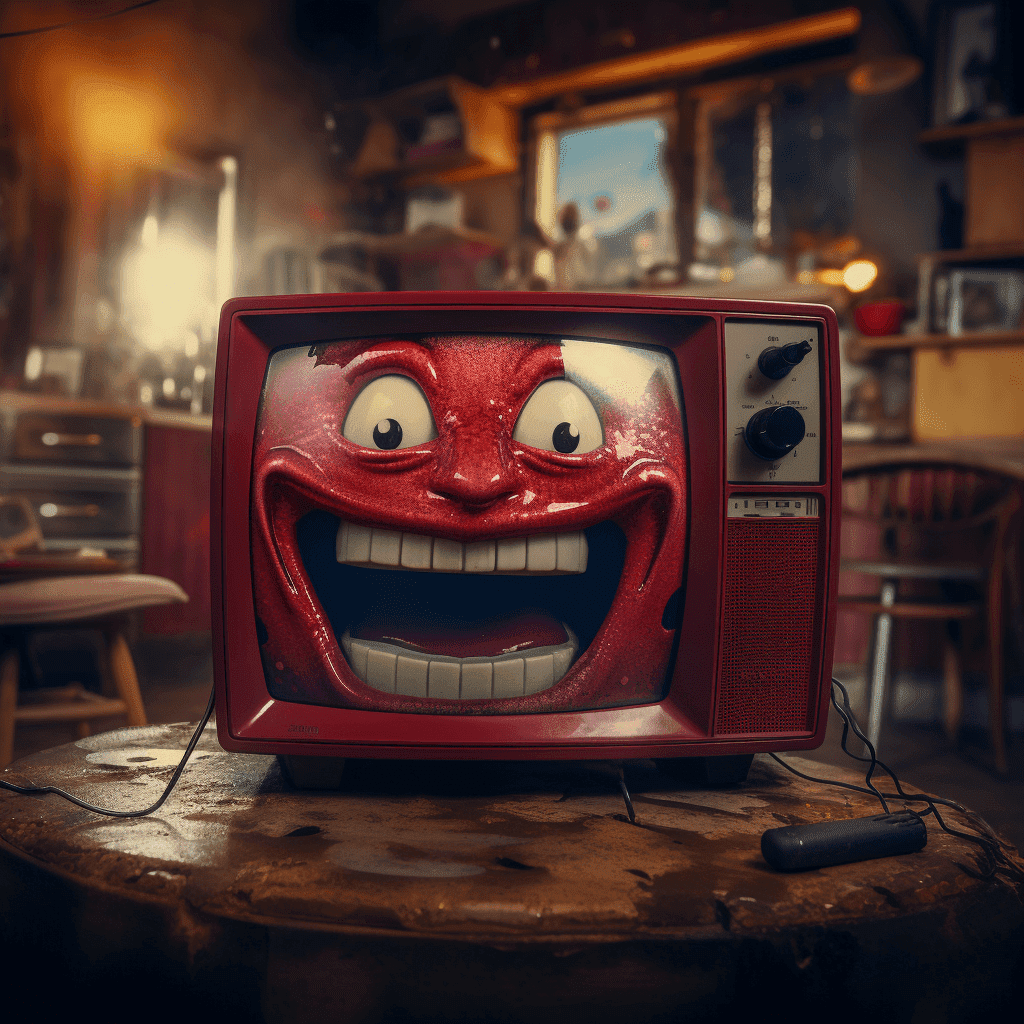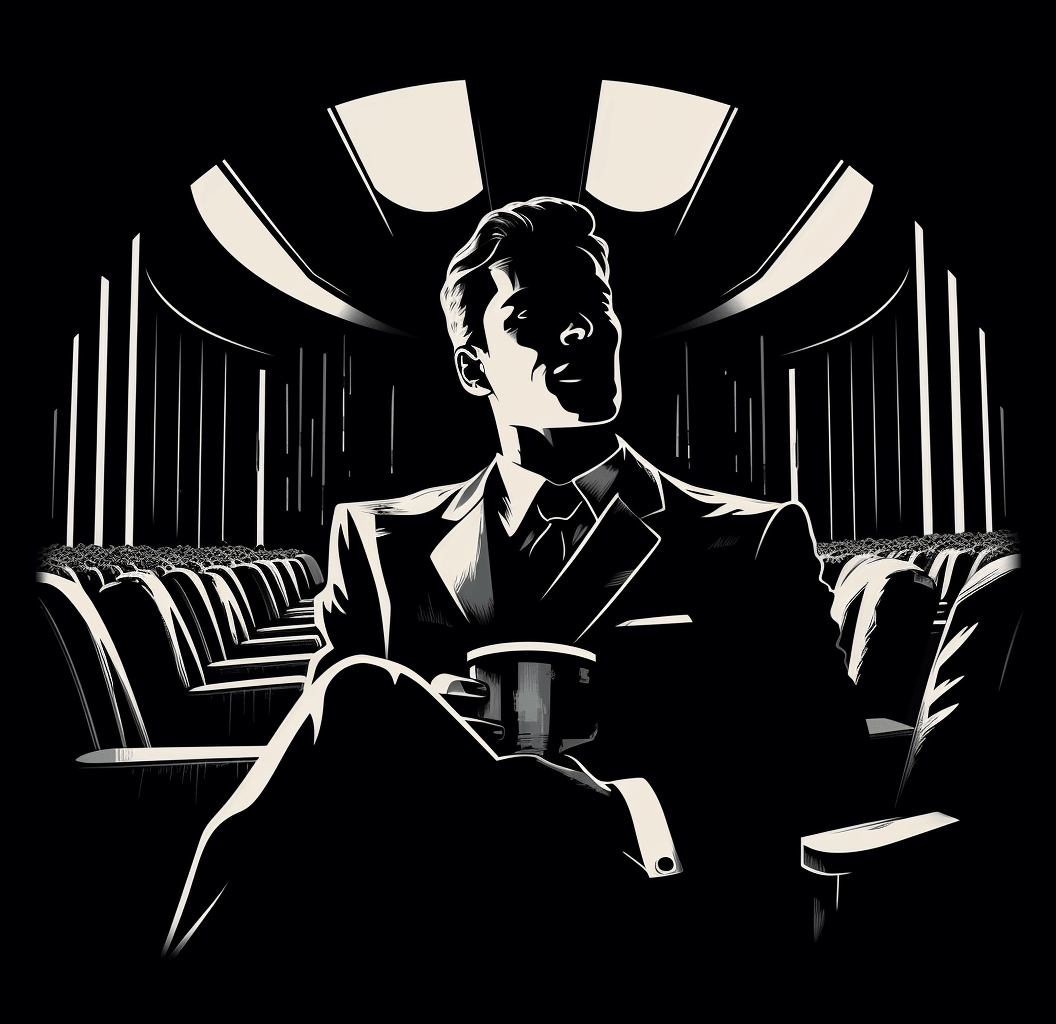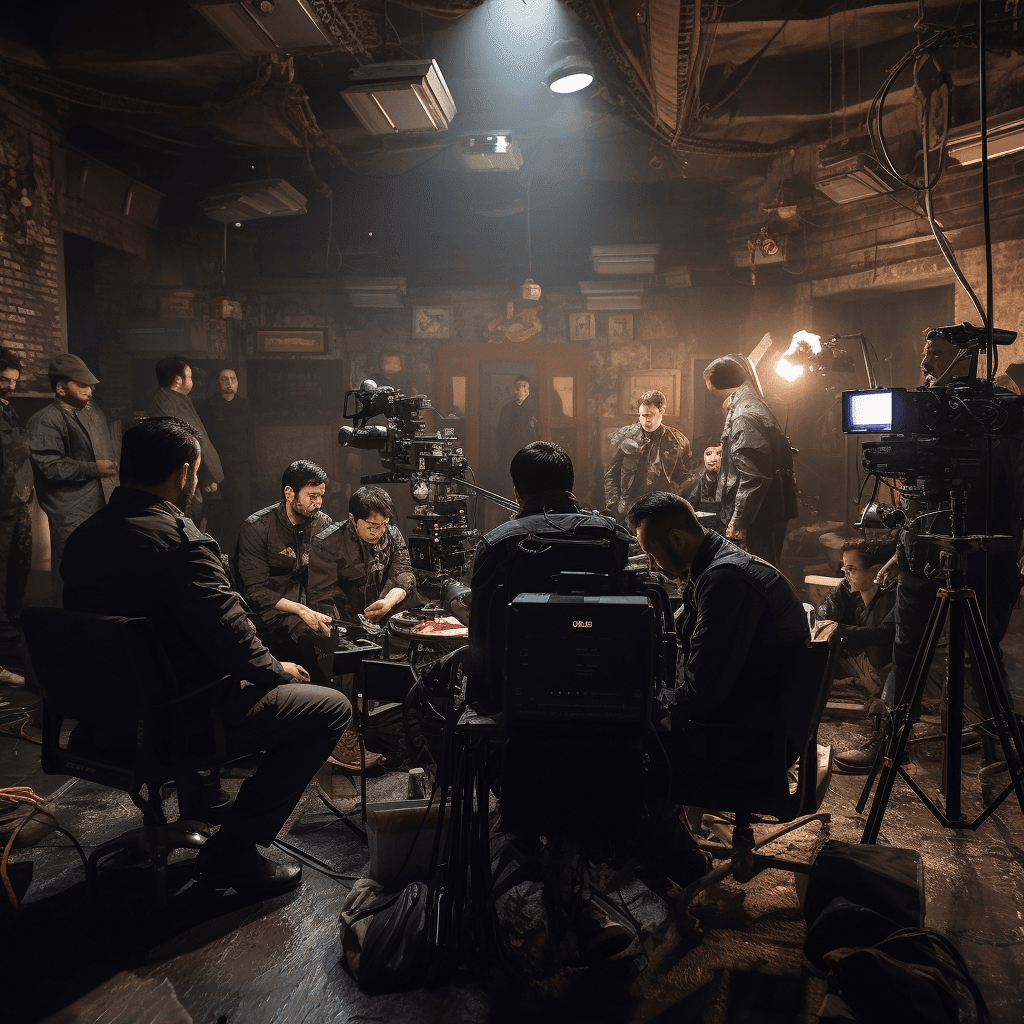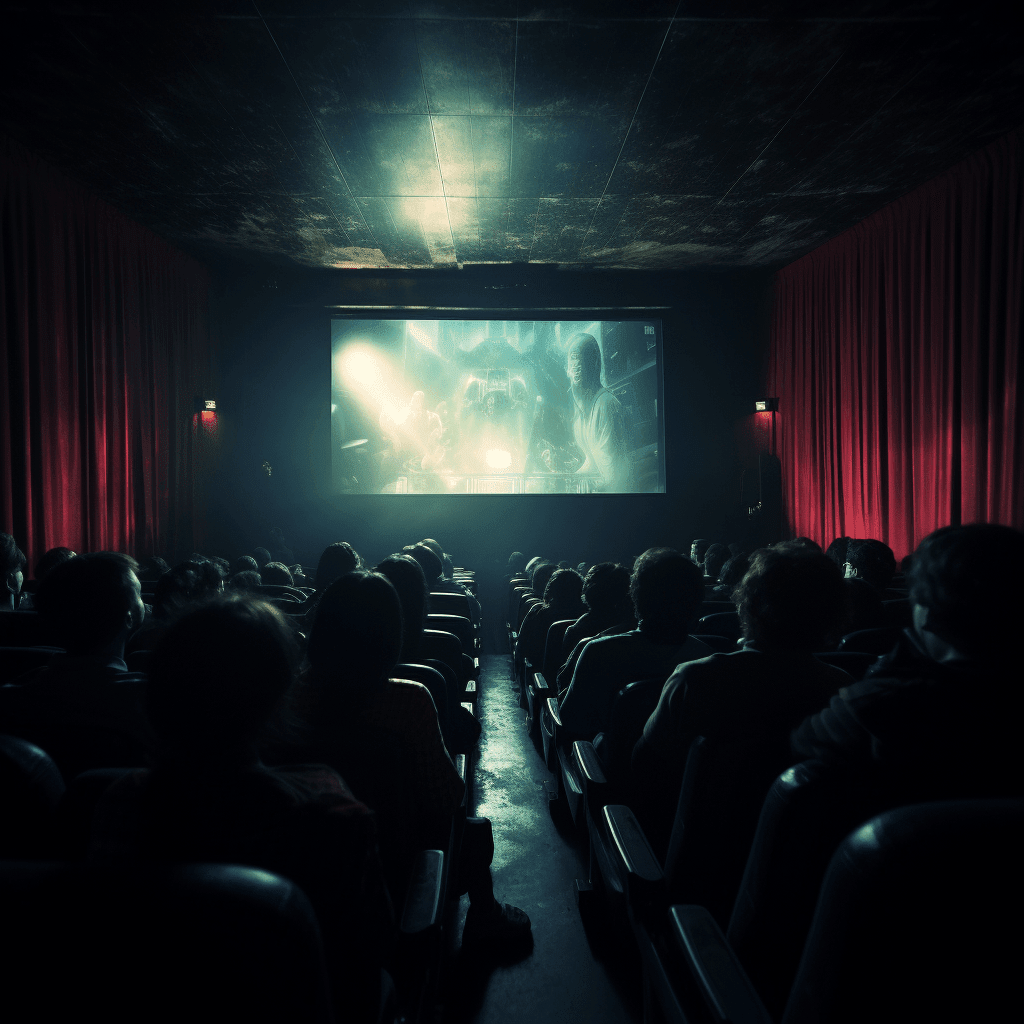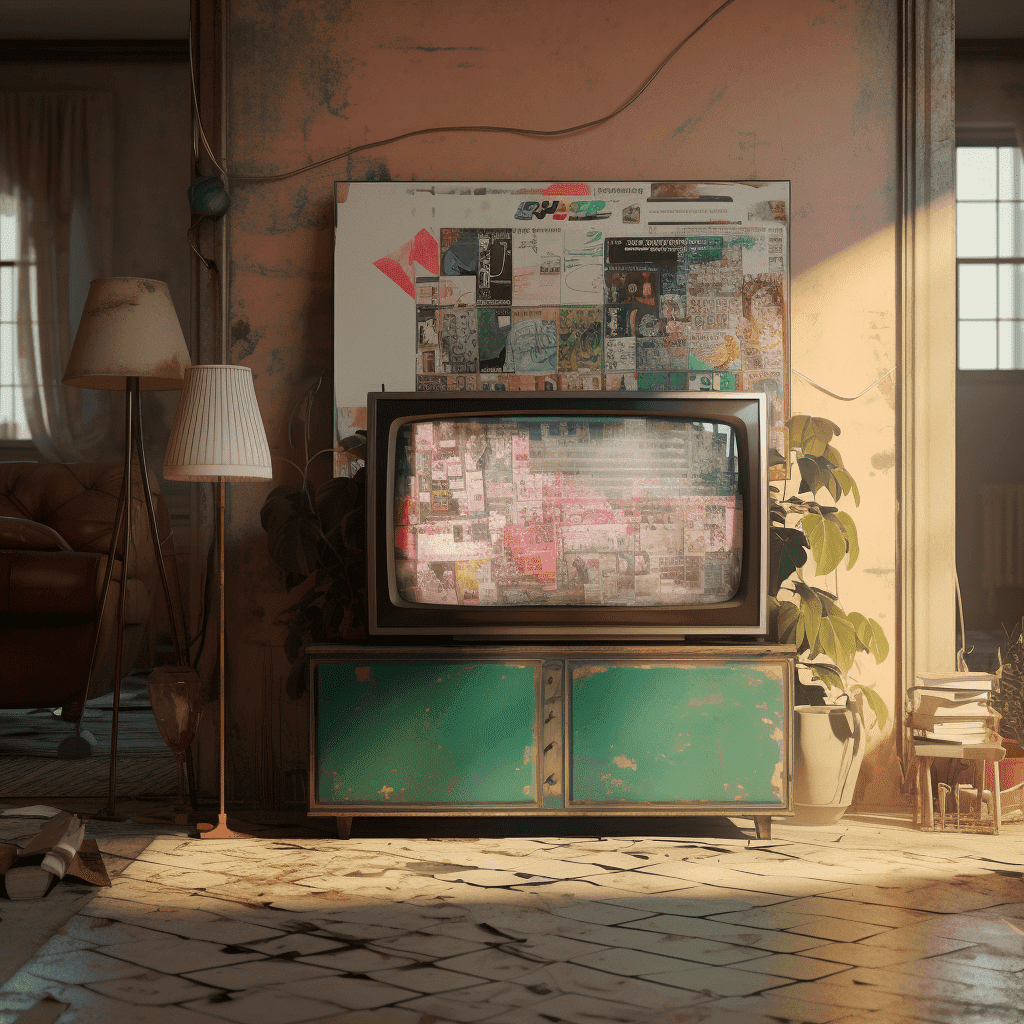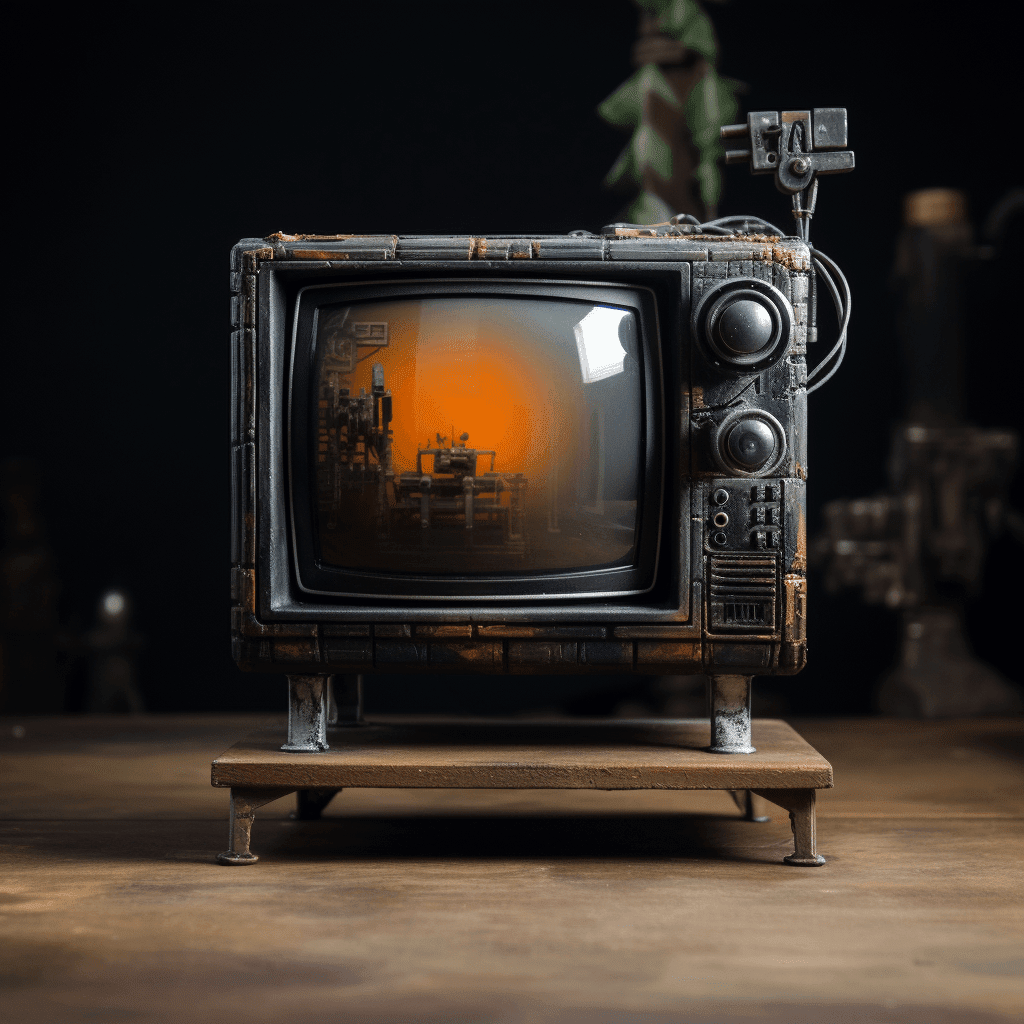Ad Blocker Detected
We use ads to keep this site running, so please consider disabling your ad blocker. Thank you!
Do not know how to disable ad blocker? Check out this article: How to disable ad blocker?
The Godfather: Part II 1974

As the Godfather's empire faces turmoil, Michael Corleone navigates treacherous waters in 1958, while his father Vito's early struggles in Hell's Kitchen's crime-ridden streets shape his destiny in 1917. Two parallel stories unfold as these iconic characters confront their own demons and forge legacies that will forever change the course of their family's fate.
Does The Godfather: Part II have end credit scenes?
No!
The Godfather: Part II does not have end credit scenes.
Actors
Meet the cast of The Godfather: Part II and learn about the talented actors who brought the characters to life. Explore their roles and career highlights.
Links
Explore where to watch The Godfather: Part II online. Find reviews, ratings, and detailed movie information on other platforms like Metacritic, Rotten Tomatoes, TMDb or Wikipedia
Ratings
Discover how The Godfather: Part II is rated on popular platforms like IMDb, Metacritic, and TMDb. Explore audience and critic scores to see how this movie ranks among the best.

90
Metascore
9.1
User Score


%
TOMATOMETER

0%
User Score

86
%
User Score
Movie Quiz
Challenge your knowledge of The Godfather: Part II with an engaging quiz. Test your memory of the movie’s characters, plot twists, and unforgettable moments.
The Godfather: Part II Quiz: Test your knowledge on the intricacies and events of The Godfather: Part II.
In which Sicilian town did Vito Andolini's family face a massacre?
Awards
Discover the awards and nominations received by The Godfather: Part II. Explore the history of The Godfather: Part II and its cast and crew.

Best Editing
Best Original Music




Art Direction
Costume Design

Music (Original Dramatic Score)
Best Picture
Writing (Screenplay Adapted from Other Material)

Best Motion Picture – Comedy or Musical


Best Screenplay
Best Original Song


Best Costume Design
Best Original Music

Best Motion Picture – Drama



Best Supporting Performance in a Motion Picture – Drama, Comedy or Musical (Supporting Actor)
James Caan

Best Original Score
Plot Summary
Get the full story of The Godfather: Part II with a detailed plot summary. Dive into its themes, characters, and the twists that make it a must-watch.
As the story unfolds, spanning countless years, it intricately depicts the powerful saga of The Godfather, diving deep into the early years of Vito Corleone, one of the most iconic figures in organized crime.
Set against the picturesque yet violent backdrop of the Sicilian town of Corleone in 1901, a harrowing family massacre orchestrated by the merciless Don Ciccio marks the beginning of Vito Andolini’s journey. The young Vito, barely nine years old, witnesses the horrific murder of his father, Antonio, which compels him to flee to New York City, adopting the name “Vito Corleone.” Fast forward to 1917, Vito finds himself carving out a life in Little Italy with his devoted wife, Carmela, and their baby son, Sonny. However, his troubles begin when the sly Black Hand extortionist, Don Fanucci, intervenes in Vito’s livelihood, leading to his dismissal from a local grocery store.
Just as Vito’s prospects appear dim, he receives an unexpected offer from seasoned Mafia operative, Peter Clemenza, who entrusts him with a stash of firearms. As a token of gratitude, Clemenza involves Vito in a bold heist to steal a prized rug, a symbolic gesture that marks Vito’s informal initiation into the world of organized crime.
As the Corleone family expands to welcome sons Fredo and Michael, Vito, Clemenza, and their new ally, Salvatore Tessio, begin their ventures by illegally selling stolen dresses door-to-door. This audacious pursuit soon attracts the unwanted attention of Don Fanucci, who demands a significant payoff of $600, threatening to expose their nefarious dealings to law enforcement.
In a bold display of leadership, Vito devises a calculated plan to confront Fanucci, stating confidently, > “I’ll make him an offer he can’t refuse.” Although his associates initially doubt the approach, they ultimately align with Vito’s vision. The tension escalates as Vito and Fanucci meet in a packed restaurant, where celebrations for San Rocco fill the air.
Utilizing the festive uproar as cover, Vito skillfully eliminates Fanucci at the entrance to his home, snatching a crisp $100 bill from Fanucci’s wallet and disposing of the weapon, thereby establishing his reputation as an astute and formidable player in the crime world.
Years later, in 1922, Vito and his family visit Sicily to initiate an olive oil importing business. During this trip, Vito pays respects to the ailing Don Ciccio, not yet realizing that the past will soon catch up with him. When Vito reveals his true identity, he exacts brutal revenge by avenging his family’s murder, leaving Ciccio mortally wounded before escaping with his ally, Don Tommasino. This harrowing experience serves to cement Vito’s position within the violent world he now inhabits.
Fast forward to 1958; Michael, now the head of the Corleone family, navigates the complexities of leadership during his son’s First Communion party. Here, he grapples with the incursions of the Rosato brothers and the demands of Senator Pat Geary, a representative who embodies anti-Italian sentiments. Despite the tension simmering in the Bronx territory, Michael refuses to yield, instead refusing to pay off Geary as night descends upon his home. A brazen assassination attempt heightens Michael’s awareness of potential betrayal within his ranks, prompting him to confront Tom Hagen regarding suspicions of treachery.
In chaotic turn of events, a confrontation with the Rosatos leads to violence, leaving both sides injured but alive. Meanwhile, in an unexpected encounter at a brothel, Tom attempts to secure Geary’s allegiance in exchange for absolution, while Michael’s Machiavellian strategy continues to alter the delicate balance of power in the family.
As Michael and his allies arrive in Cuba, the promise of lucrative business opportunities turns to disillusionment amidst civil unrest. The New Year’s Eve celebration soon takes a dark turn when Michael uncovers Fredo’s dangerous ties to Johnny Ola, sowing seeds of distrust that force Michael to take extreme measures against his own brother.
Back in the United States, Michael grapples with familial strife, culminating in revelations of betrayal from both Kay and Fredo. The intricacies of power, loyalty, and vengeance come to a head as the family’s dynamic continues to shift perilously.
With the loss of his mother, Michael finds himself entrenched in a spiral of loss and regret, solidifying his reign within the crime world yet at what emotional cost? Shadows of the past loom large over a once-unified family, leaving Michael to contemplate the toll that ambition and legacy have rendered upon those he loves.
Videos
See the latest videos related to The Godfather: Part II. Explore trailers, interviews, and behind-the-scenes content that give you a deeper look into the film.
Keywords
Discover the keywords that describe the themes and topics of the movie. Explore the keywords that define the essence of the film.
Related Articles
Stay updated on The Godfather: Part II with insightful articles, reviews, and explainers. Unpack the movie’s deeper meanings, themes, and ending.
Featured on this page

What's After the Movie?
Not sure whether to stay after the credits? Find out!
Check out our other apps:
Actors
Companies
Latest Movies
© 2025 What's After the Movie. All rights reserved.



















